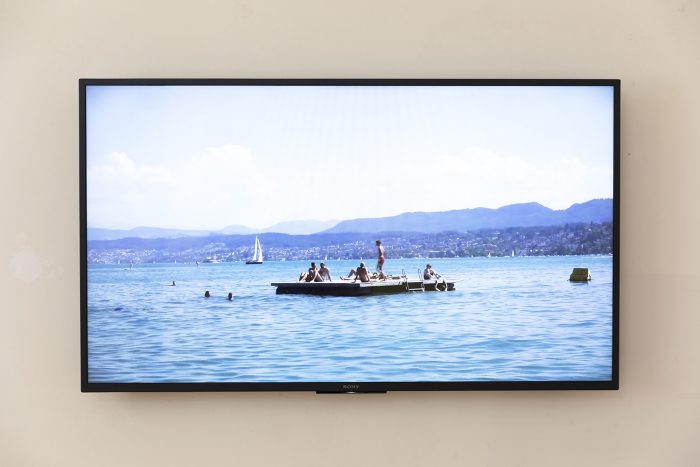Tiempo de lectura: 3 minutos

23.10.2018
Aguirre, Ciudad de México
22 de septiembre de 2018 – 5 de noviembre de 2018



How to look at a world like this?
Extremes touch each other.
— Víctor del Moral
Artists are, to a large extent, time collectors. In their aim to conglomerate specific ages, periods, and moments, artists get us closer to realities that, if apparently alien, are increasingly similar to ours. But this similarity does not lie in actual resemblances or identical traits—the Greek etymology of “identical” refers to “the same”—, but rather in the contrasts and polarities that bring them together.
Objects also talk to us. Above all, they describe the societies that created them. In themselves, they identify and denote privileges. They transmit us expertise. They are, in essence, information—data within a system. They work as remains detailing our existence.
I have always desired to live in a perfect society, free of chaos, where the regime works perfectly. A city with biking lanes, beautiful landscapes, clean air, mountains, vegetation, and a lake. This place could just as well be a scale model without human beings. A place where nostalgia and the utopia of calmness are collective.
Ironically, the city where I stand was founded on a lake. And, nowadays, we cannot see it anymore. There are no images to prove its existence. At best, there are accurate reproductions to post on Instagram. Images on the other side of a screen. Static images that will make me continue desiring a different society with the same level of artificiality. It is inevitable to compare Lake Zurich with Lake Texcoco. The former, of great purity; the latter, the most drained and impure in the Valley of Mexico.
I have not seen one single lake that is not polluted. I have only seen reproductions of pristine, gleaming water bodies. Where women, children, and youth wash their slim, well-nourished bodies. Think about it. A lake you can drink water from. Where you can swim, splash, float around, and play. Not my imagination of a great lake. An orderly and clean population. Yes, a boring city, a controlled space with plenty of comfort, of transparent speculation. Like a still lake. Like an empty shelf.
It is clear that the lake you look at is not real. It is not even a special image. It is reproduced like cities on postcards. What you see before your eyes are media reproducing reality. The same happens with truth, which is apparently democratized to be turned into an aspiration. These images are fictional reflections. They are barriers inviting us to break boundaries and wonder what lies below us. What lies underneath every surface?
Imagine you throw a pebble onto still waters. What happens? A sudden and superficial irruption—yet, a deep one. The shooting of a camera emulates the shooting of a gun: the natural state of things turns into an active participation of the surroundings. Witnessing is a shared moment in the form of images, like standing in the middle of a lake looking in all directions.
These images are disseminated in fragments from the internet to a USB driver. They repeat in the form of digital files that exist in the virtual space, where every reproduction is the remnant of a file. I like to think of the landscape as a useless machine.
How to predict the weather? Like violence on the water surface. On the horizon of the lake images being projected, one perceives—above all—certainty. But what lies underneath that still horizon is constant tension: the possibility that, at any moment, everything could go wrong. A feeling of alienation.
In the end, us artists, cities, lakes, will all be emptied. We will become deserts—unfaithful reproductions of what we once were.
Text by Juan Caloca and Carla Fernández
Comentarios
No hay comentarios disponibles.